Blog #157 5/12/16

Sixteen photographers/attendees, with our two assistants.
Some personal history:
In my former career, prior to becoming a photographer full time, I was often a teacher.
In that role, I taught residents, fellows, and practicing physicians. I also conducted dozens of workshops and symposia, participated in scientific courses and research conferences, and delivered hundreds of lectures. In short, I’ve had far-reaching experience as a teacher. From the outset, I learned to put myself in the shoes of my students, to understand what they knew and what they didn’t know and to get in touch with how people learn. This has helped guide me in presenting ideas, concepts and information in a clear and uncomplicated manner so that the information would be readily understood.
For visual interest, some of the well-done, clever images done by the workshop photographers/attendees are scattered throughout this note.
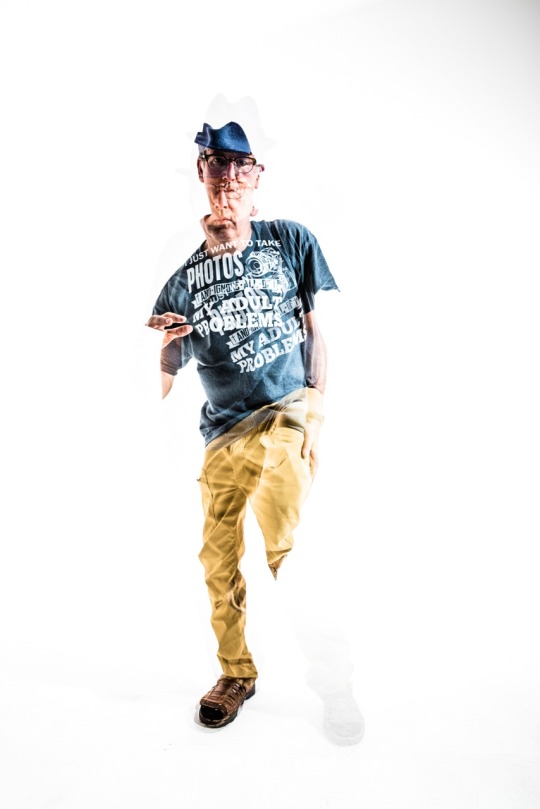
Brian Kuhlmann, utilizing subtracting background light, made this double exposure image of Marc Safran. Terrific!
In that earlier career, my confidence as a teacher was solid. In my present career as a photographer, I’ve not been at all sure of myself as a teacher. I’m a self-taught photographer, which was certainly not the case when I was a physician. Although I was a physics major as an undergrad and understood the nature, force and energy of light and lenses, I never had formal education in cameras and photographic lighting, composition, color control, contrast management, studio technology, and all the other things essential to making successful images. And, though I have studied art history and continue to diligently examine and study art and photography, I never knew what I knew in any systematic way, and learned essentially, by reading, asking and doing. I didn’t feel certain that I could teach anybody anything about making photographs and therefore declined all offers to conduct workshops when I was invited by various course organizers.

Assistant, Ryan Duclos, photographed by Marc Safran using a large and close soft light. Excelsior, indeed!
Last Fall @JeffDunas, a great photographer who for the past 11 years, each spring, has organized and administed the Palm Springs Photo Festival (http://2016.palmspringsphotofestival.com), approached me once again, this time in person, and asked me to conduct a workshop at the 2016 Festival. I’ll admit that it didn’t hurt that he said complimentary things about my work. I found myself accepting his invitation. From that first moment, having shaken hands on it, I was sorry. I made a commitment and couldn’t back out.
A month later he asked for a title and I, ambivalently, offered: “The Inspired Eye: Experimentation, Exploration and Discovery: A Search for the Unexpected.”
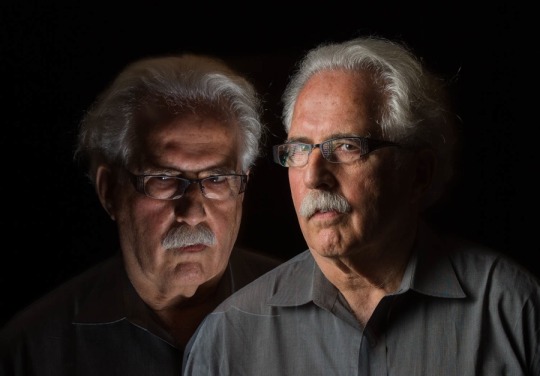
Richard Ressman photographed by Craig Colvin, studying double exposure using two entirely different lights.
For several months, especially the two months immediately prior to the event, I worried and thought obsessively about what, if anything, I could offer the attendees/photographers who would be spending a considerable amount of money to learn something from me. Oh, boy, I thought – what have I done?
Abiding by my adage that one can never prepare too much (very useful for planning anything), I spent about 200 hours thinking and planning what I would do. I was frankly terrified that the attendees would leave the workshop feeling that they’d totally wasted their time and money. Rationally, objectively, I thought things would probably go well, but, emotionally, I could not keep myself from worrying.
I plunged ahead.
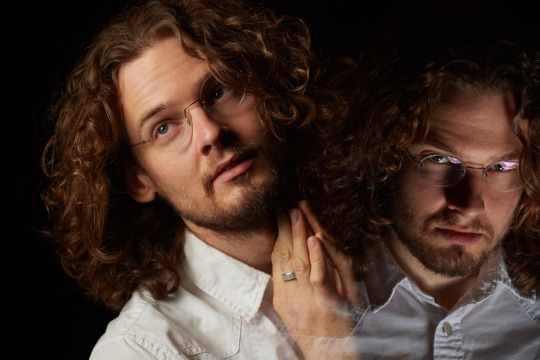
Richard Ressman’s beautiful portrait of Aaron Hogan in double exposure also using two entirely different lights.
At the workshop each day, after I made a presentation explaining and demonstrating what we would do.
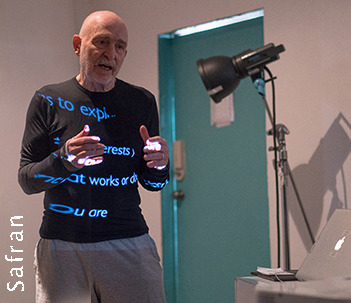
I asked the group of 16 to break up into four assigned groups of four each. I asked them to divide the time so that each would take a turn being the director/photographer, sitter/subject and two turns assisting. They did this cooperatively and generously for each other. Each day the groups changed so that over three days each person had the opportunity to work with 9 different people.

Craig Colvin, Eric Fisher and Dennis Lubin assist John Thompson, while in another “studio set-up” on the left a dancer poses for another group.
Included above and below are some of the photographs made by the attendees, which I am immensely proud to share, and a few “behind the scenes” images I made during the three-and-a-half day workshop illustrating how hard everyone worked.
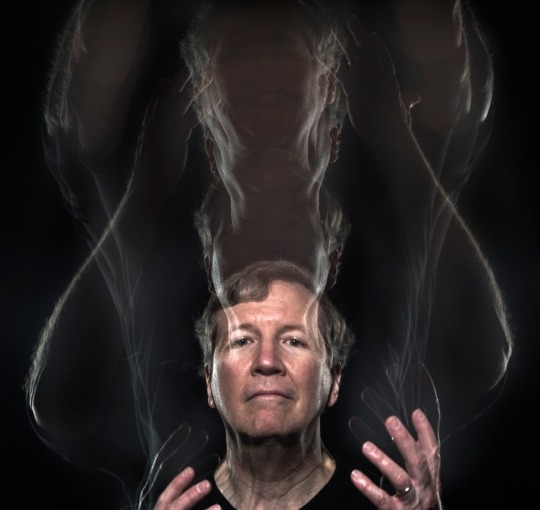
Nacho Guevara’s suprising portrait of John Thompson, using ambient rim light with a high strobe

Marc Safran shooting hands through diffusion material.

These portraits of four of the photographers attending (Keith Brenner, Jim Starks, Scott Anagnoste and Craig Colvin) were made by Luis Alvarez, exploring the ideas of a close (soft) light, gels, and varied use of the hands. As his own hair stylist, Alvarez “designed” the coifs of the three out of four who had hair to work with.
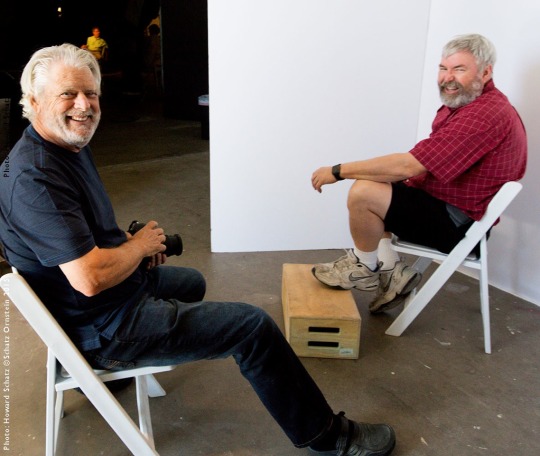
Keith Brenner shooting; Craig Colvin “sitting.”
In the remaining days we utilized all sorts of techniques and ideas. I urged everyone to take chances, and not worry about making images that failed but rather explore for magic visual imagery through experimentation.
Here are a few, of many, well-done portraits:

Scott Anagnoste, in a compelling stroboscopic self-portrait using two different lights from different directions, one gelled.
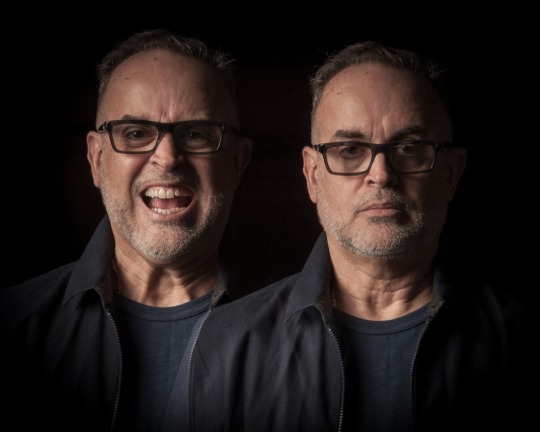
Luis Alvarez, photographed by Eric Fisher, using a double exposure that gave the sitter a chance to do a little acting.

Aaron Hogan, shooting Eric Fisher with ring flash; YanirYakabovits, Nacho Guevara and Sandro Giorgi assisting.

Nacho Guevara made this dynamic portrait of Hogan, using “hard” rim lights.
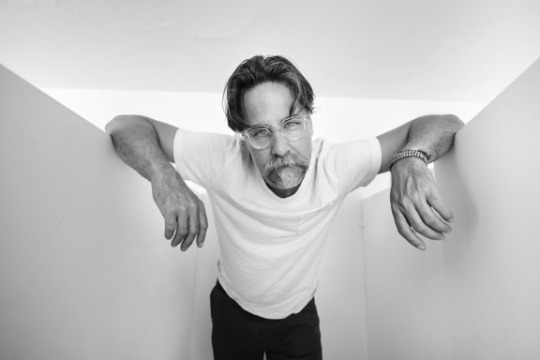
Aaron Hogan made this portrait of Brian Kuhlmann using a wide angle lens and “natural” soft light.
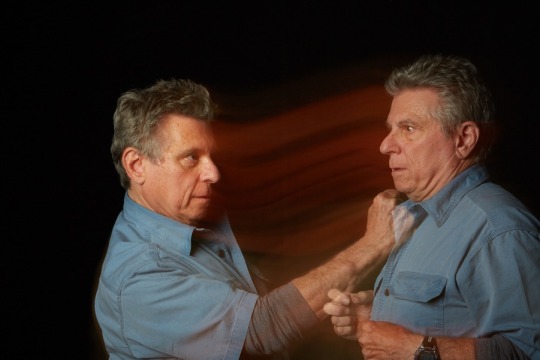
Lorne Ordel, self-portrait using double exposure, and ambient light to demonstrate movement.
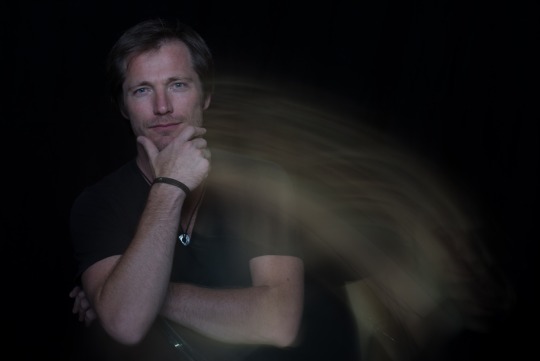
Ordel also made this portrait of assistant Jeremiah Alley. He used one strobe light and a modeling light, moving the camera.
On the third day, we had two dancers/models, Lily and Lauren, and utilized all sorts of photographic techniques to enhance their talents.
Here, with Lauren, two points of view:
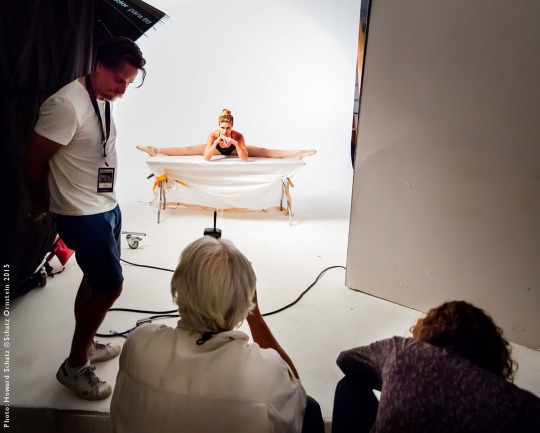

Brenner and Hogan photograph Lauren, while Kuhlmann assists.
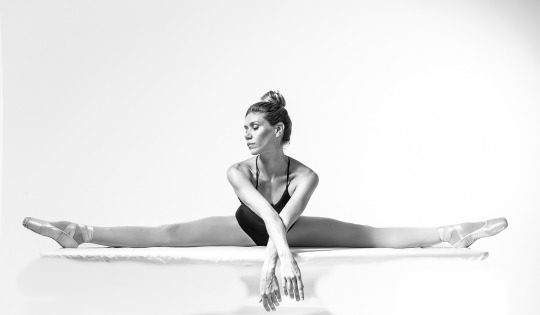
And this is an image Brenner made at that setting.

Yanir Yakabovts demonstrates to Lily, just how to do it, much to the
amusement of Sandro Giorgi.
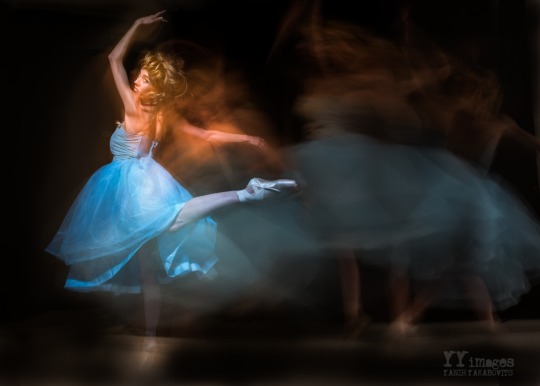
Yakabovits accomplished this, of Lily; his demonstration seems to have paid off.
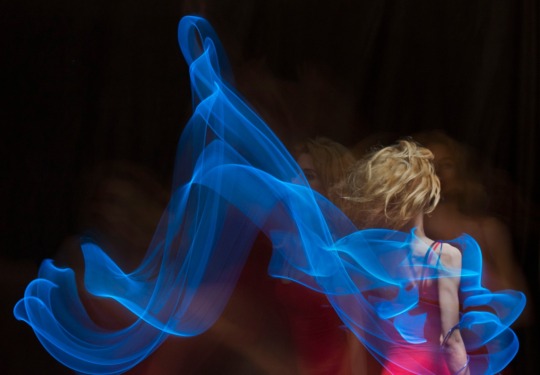
John Thompson made this beautiful image of Lily.
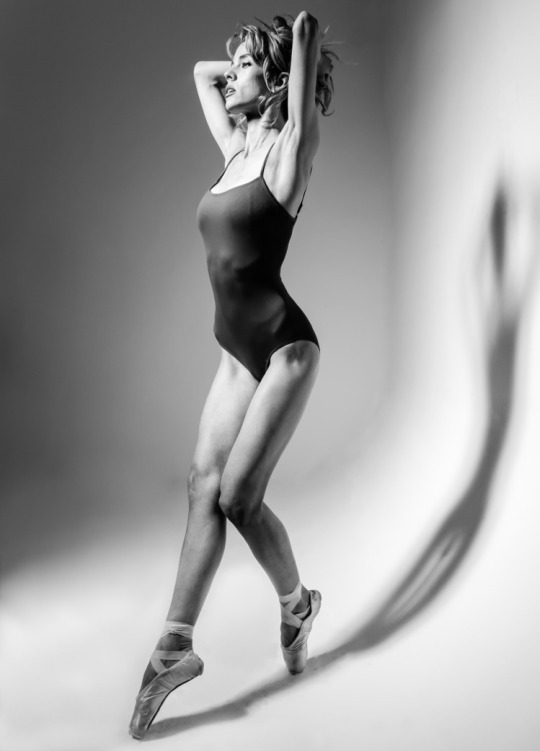
And then, Giorgi made this image of Lily utilizing the cyclorama for a bent shadow.
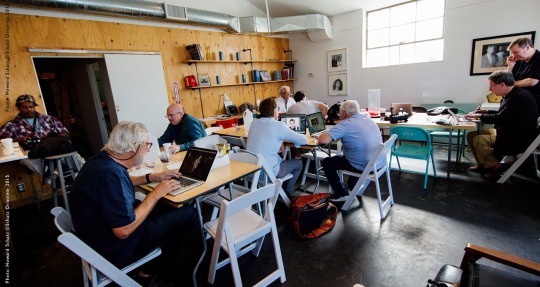
Lots of creative work followed by the hard slog of concentrated editing.

And, finally, Brenner, a wonderful still-life photographer, using multi-stroboscopic light, managed to capture his “still life,” moving! Expertly.
As it turned out, the workshop went well, far beyond my worried expectations and was a thorough and complete happiness for me. The 16 photographer/attendees and two assistants assigned by the Festival were exceptional people and were constantly appreciative (perhaps sensing that I needed encouragement). At the very least, we brought out the best in each other. It was hugely fulfilling for me, and them, I think, that they had been able to make really wonderful photographs.

And, finally, our workshop, complete, was a constant “high.” For all of us, I believe.
Glitterati Incoprorated, the publisher of the Retrospective, Schatz Images: 25 Years is now offering the two- book boxed set at a discount from the original price. The set comes with an 11″x14″ print of the buyer’s choice.